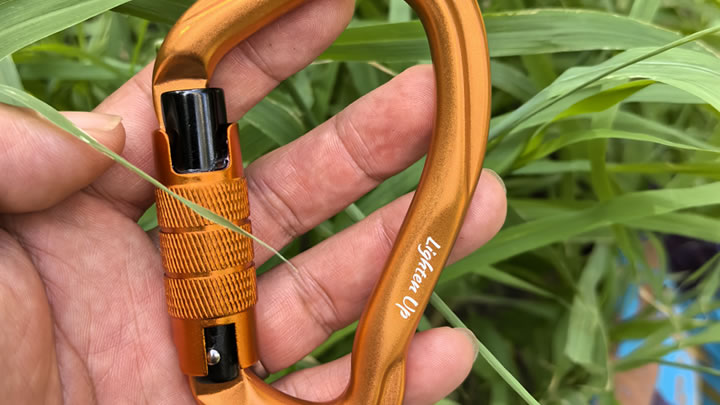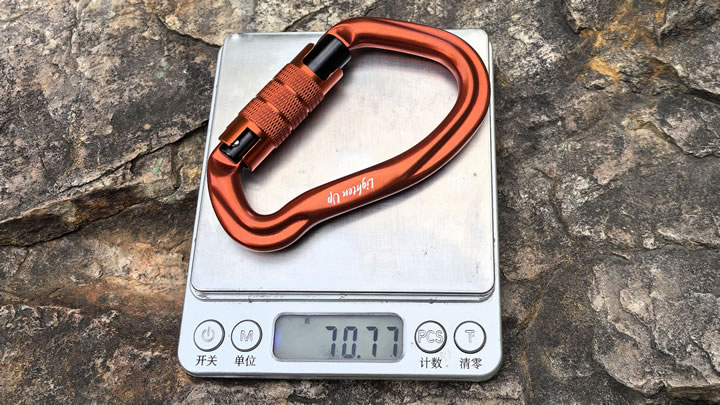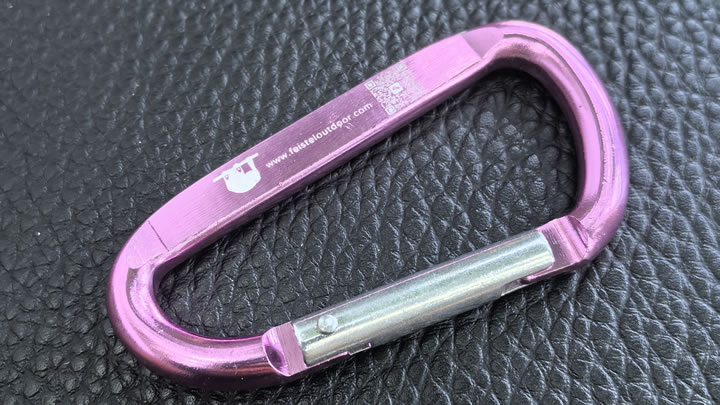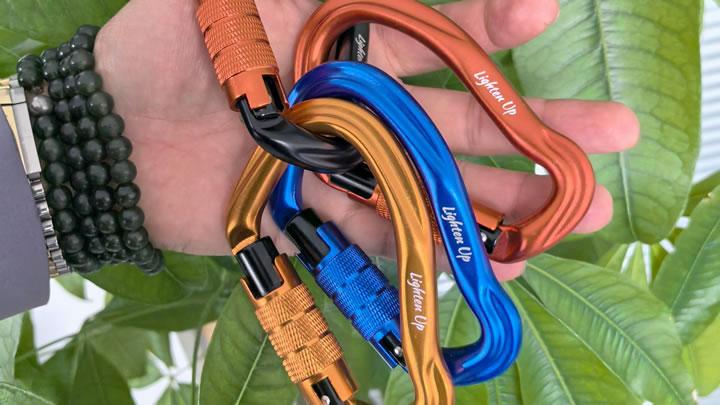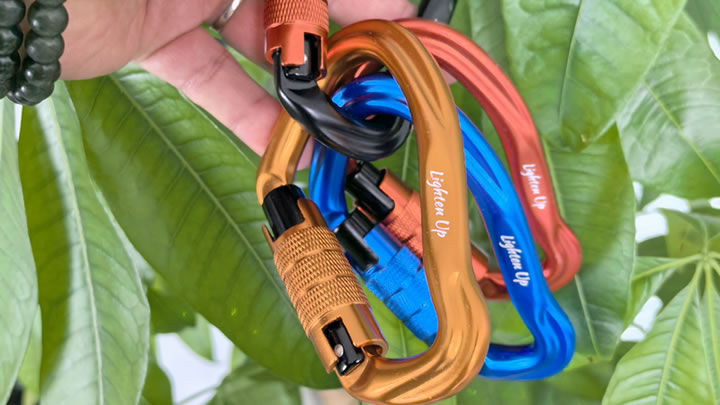Do ultralight hikers use trekking poles?
# Do Ultralight Hikers Use Trekking Poles? In the world of ultralight hiking, where every ounce in a backpack matters, the question of whether to carry trekking poles sparks lively debate. While minimalist purists may shy away from "extra" gear, modern ultralight enthusiasts increasingly recognize trekking poles as a strategic tool—one that balances weight, functionality, and injury prevention. Let’s dive into the factors ultralight hikers consider when deciding to pack these seemingly simple yet versatile implements.
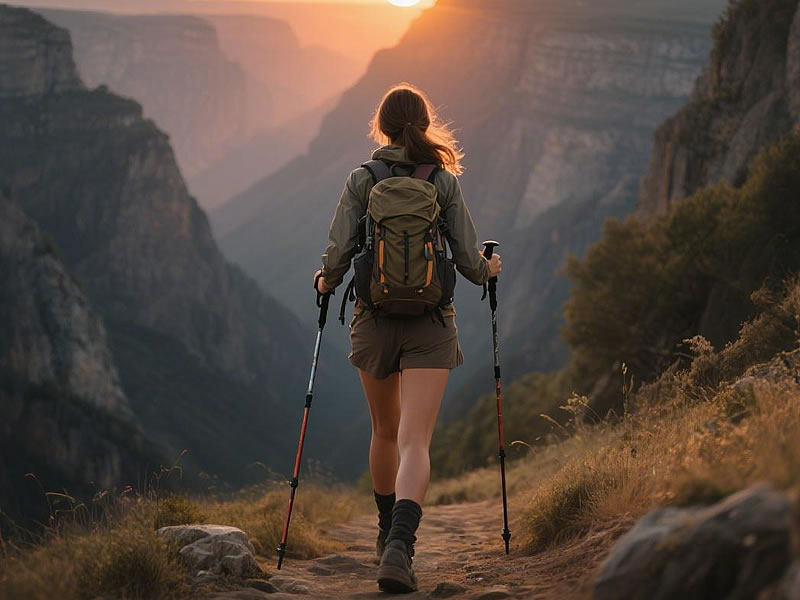
The Ultralight Philosophy: Weight vs. Utility
Ultralight hiking revolves around shedding unnecessary weight to enhance speed, endurance, and comfort on long trails. Traditional trekking poles, once bulky and heavy, have evolved significantly. Today's models, often crafted from carbon fiber or aerospace-grade aluminum, can weigh as little as 80–150 grams per pole (3–5 ounces for a pair)—a negligible addition to a pack that typically hovers around 10–15 pounds (4.5–6.8 kg) for extended trips. Ultralight hikers evaluate gear based on the "pound per function" ratio: does the item's utility justify its weight? For trekking poles, the answer often leans toward yes, thanks to their multifunctional benefits.
Key Benefits That Resonate with Ultralight Hikers
1. Reduced Joint Stress
One of the primary reasons ultralight hikers embrace poles is injury prevention. Studies show trekking poles reduce knee impact by 20–30% on descents, a critical advantage during long days of hiking on rugged terrain. For hikers covering 15–25 miles (24–40 km) daily, this stress reduction can mean the difference between finishing a thru-hike and succumbing to overuse injuries. Poles also shift some workload to the upper body, reducing leg fatigue and improving overall endurance—an essential factor in maintaining a fast pace.
2. Improved Balance and Stability
Ultralight hikers often travel light on their feet, using minimalist footwear that prioritizes agility over heavy support. Trekking poles act as extensions of the body, providing three additional points of contact with the ground (when using two poles), which enhances balance on slippery rocks, loose gravel, or snow. This stability allows hikers to navigate technical terrain more confidently, minimizing the risk of slips or falls—especially valuable when carrying a pack that might otherwise throw off balance.
3. Versatility Beyond Hiking
Ultralight gear must pull double (or triple) duty, and trekking poles excel here. Many hikers use poles as the framework for ultralight shelters, such as tarps or trekking pole tents, which are significantly lighter than traditional tent poles. They can also serve as 临时晾衣架 (临时晾衣架), photography tripods, or even snow probes in alpine environments. This versatility transforms poles from a "hiking accessory" into a multi-purpose tool, justifying their place in a minimalist pack.
4. Energy Efficiency on Ascents and Decents
On climbs, poles help drive momentum by engaging the upper body, effectively turning hikes into full-body workouts that distribute effort more evenly. On descents, they act as shock absorbers, reducing the braking force required from leg muscles. This efficiency can save precious energy over hundreds of miles, a key consideration for hikers aiming to maintain a consistent pace without burnout.
When Ultralight Hikers Might Skip Poles
Not all ultralight hikers are pole converts. Some minimalist purists avoid them to cut every possible ounce, especially on short trips or trails with minimal elevation change. Additionally, hikers who prioritize absolute simplicity or have mastered a pole-free gait on specific terrains may find the trade-off unnecessary. However, even these skeptics often reconsider on technical routes or during multi-day expeditions where the cumulative benefits of poles become undeniable.
Choosing the Right Trekking Poles for Ultralight Hiking
For those convinced by the utility, selecting the right poles is crucial. Look for:
- Featherweight Materials: Carbon fiber poles offer the best strength-to-weight ratio, though aluminum models may be more durable for rough use.
- Adjustability: Telescoping poles with quick-lock mechanisms allow customization for terrain (e.g., shorter for climbs, longer for descents).
- Collapsibility: Poles that fold into compact sizes (30–40 cm when stowed) fit easily into ultralight packs without protruding.
- Grip Comfort: Ergonomic handles and moisture-wicking grips reduce hand fatigue during long carries.
The Bottom Line: A Strategic Addition to Ultralight Gear
So, do ultralight hikers use trekking poles? The answer is a resounding yes for most who prioritize longevity, efficiency, and versatility on the trail. While no gear choice is universal, modern trekking poles align seamlessly with ultralight principles by offering significant functional benefits without compromising weight goals. They’re not just tools for support—they’re investments in sustainable hiking that help enthusiasts go farther, faster, and with less risk of injury.
Whether you’re tackling the PCT, AT, or a local long-distance trail, consider trekking poles as part of your ultralight toolkit. Their ability to enhance performance, protect joints, and serve multiple purposes makes them a staple for anyone who understands that in ultralight hiking, smart gear choices—not just minimalism—define success.

